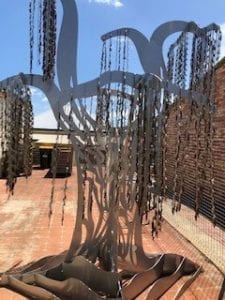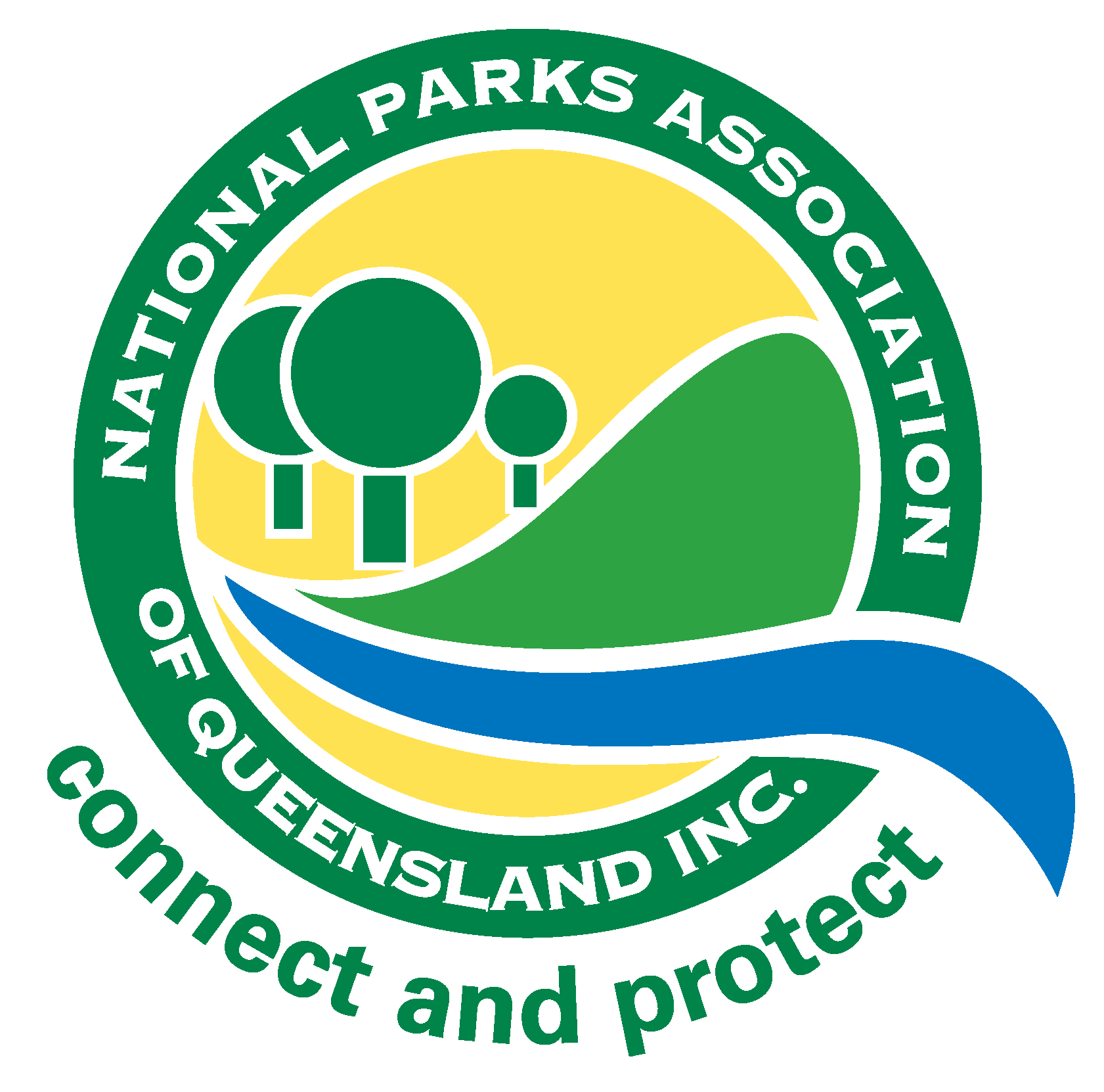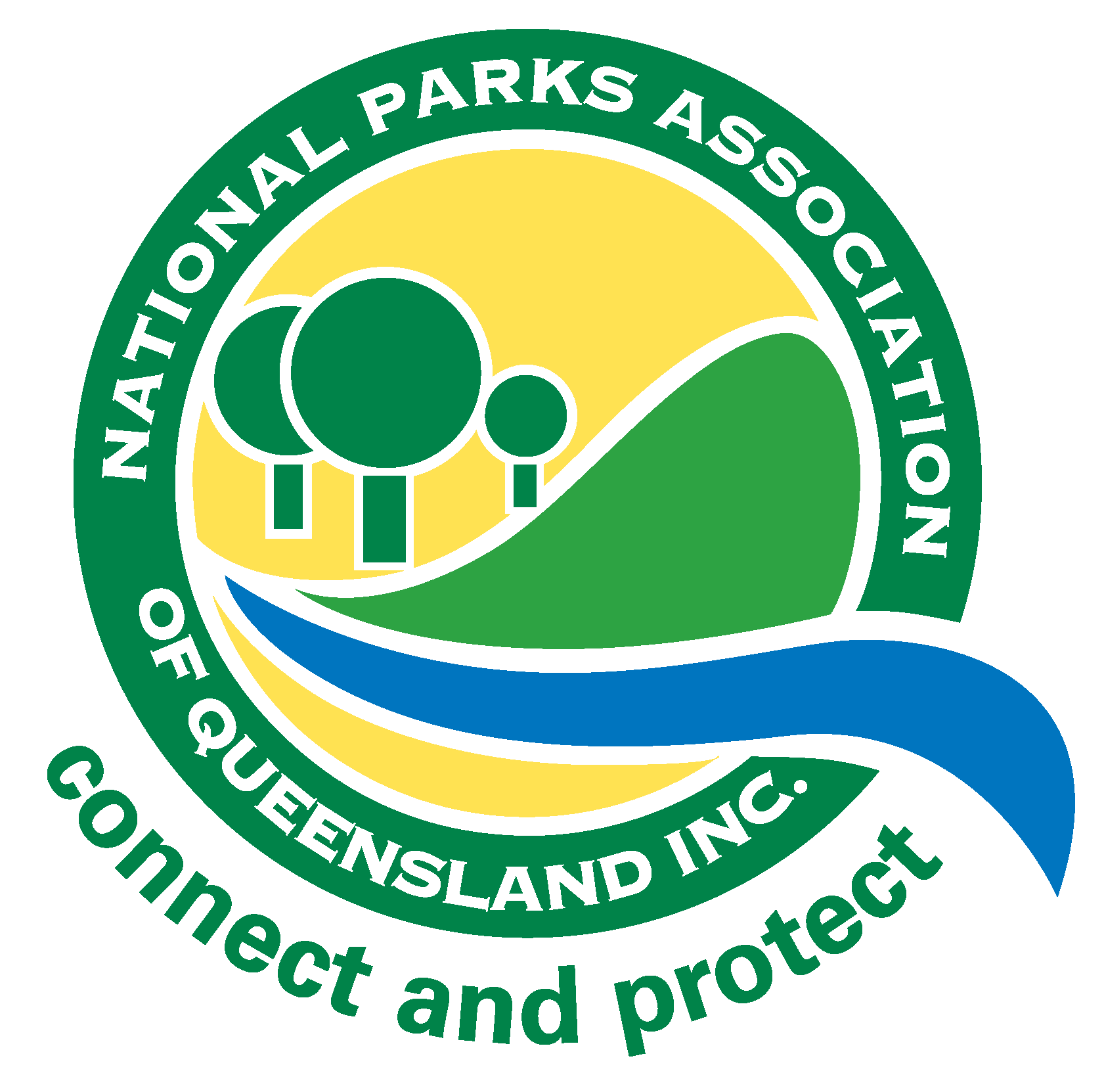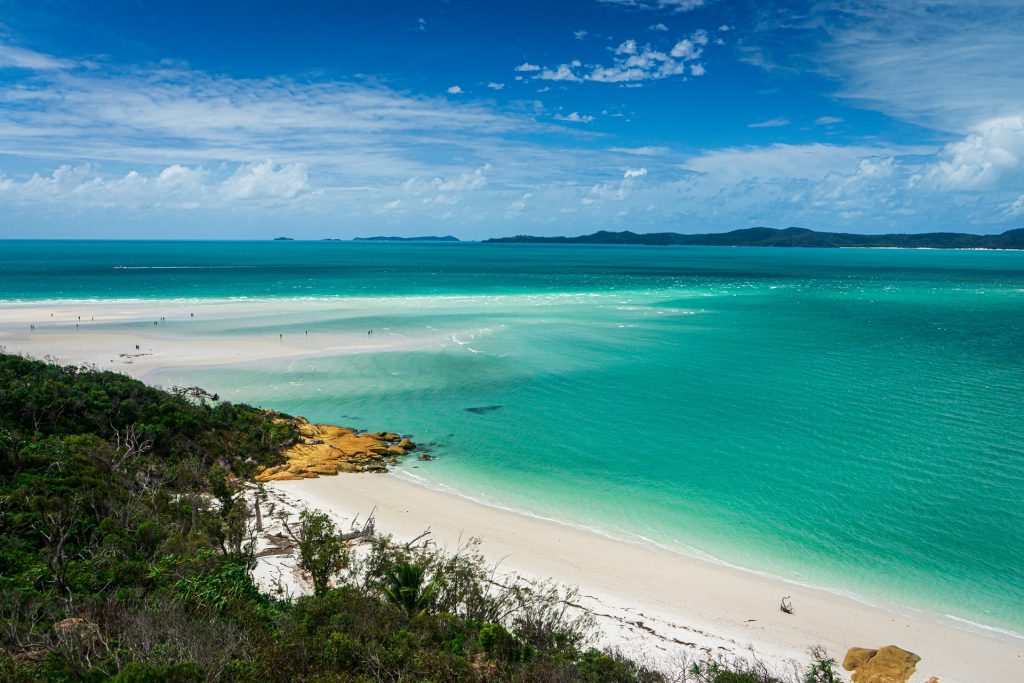National Parks
From the President – Autumn 2019
Firstly, best wishes to you all as we settle into a not so new year.
We are pleased to hear positive murmurings from Government and Departmental officers regarding a substantial increase in funding for both protected area management and acquisition. This year’s State budget allocations and release of the eagerly awaited Protected Area Strategy will determine how much our optimism is justified.
One of our responses to last year’s expressions of interest (EoIs) for development in Queensland national parks was to initiate a petition seeking the EoIs to be withdrawn (on the grounds of a lack of consultation, apparent piecemeal planning without a Protected Area Strategy in place, and questioning of Government financial support for commercial ventures in parks). Some 3382 citizens have signed the petition but we have been unsuccessful in having the EoIs withdrawn.
We await the next phase in this process and seek transparency to ensure public input.
Our approach to advocacy received strong support from our membership in a recent survey. The following 10 points were strongly agreed or agreed with from 95.1% our membership, confirming our direction regarding our continued advocacy:
1.Private (permanent) accommodation located adjacent to or near national parks, rather than within.
2.Thorough, transparent impact assessment undertaken with maintenance of long term nature conservation values prioritised.
3. Infrastructure owned by government. A private operator provides a bond for risk and rehabilitation and a regular financial contribution for park management.
4.Tracks and other infrastructure have minimal impact and are thoughtfully designed to reflect ecological values, including slope, soil, vegetation type and habitat.
5. Continual Ranger or guide presence.
6. Mandatory orientation and authentic interpretation with reinforcement throughout walk focused on conservation, Indigenous values, minimal impact.
7. User number cap based on ecological resilience.
8. One-way route with controlled and staggered start.
9. All waste removed.
10. Monitoring of selected indicators to determine impact with subsequent corrective action.
The threats to our national parks are well documented and without going into detail we can list a few here: climate change/intensification of fires, feral animals and weeds, changes to adjacent land use, and inappropriate use/over visitation. The article in this edition regarding other states and their protected areas puts this into context.
My daughter, Julia, recently visited Iran and, apart from enjoying the friendliness of the people and the superb architecture, learned a little about the country’s natural history. In the mountains above Tehran she observed a statue of an Ibex. When asked about the possibility of seeing an actual ibex her guide indicated that the species had long gone. The Iran encyclopaedia suggests that only 5% of the numbers that occurred prior to 1979 remain.

Alstonville, NSW. Photo supplied by author.
Similarly, in a park in Alstonville, NSW there are metal trees (picture below). I am not sure what the motivation of the artist was, however, Alstonville is near the centre of the original Big Scrub which has been cleared with only tiny remnants remaining.
We are well aware of the extinctions that have occurred to date, with many more predicted.
But unlike other times and places we have a choice as to whether we allow our biodiversity to decline, one decision at a time. We have enough scientific evidence to both understand the issue and also to reverse it.
Or is there going to be a good business opportunity in creating statues and models of Queensland’s biodiversity after it is lost?


